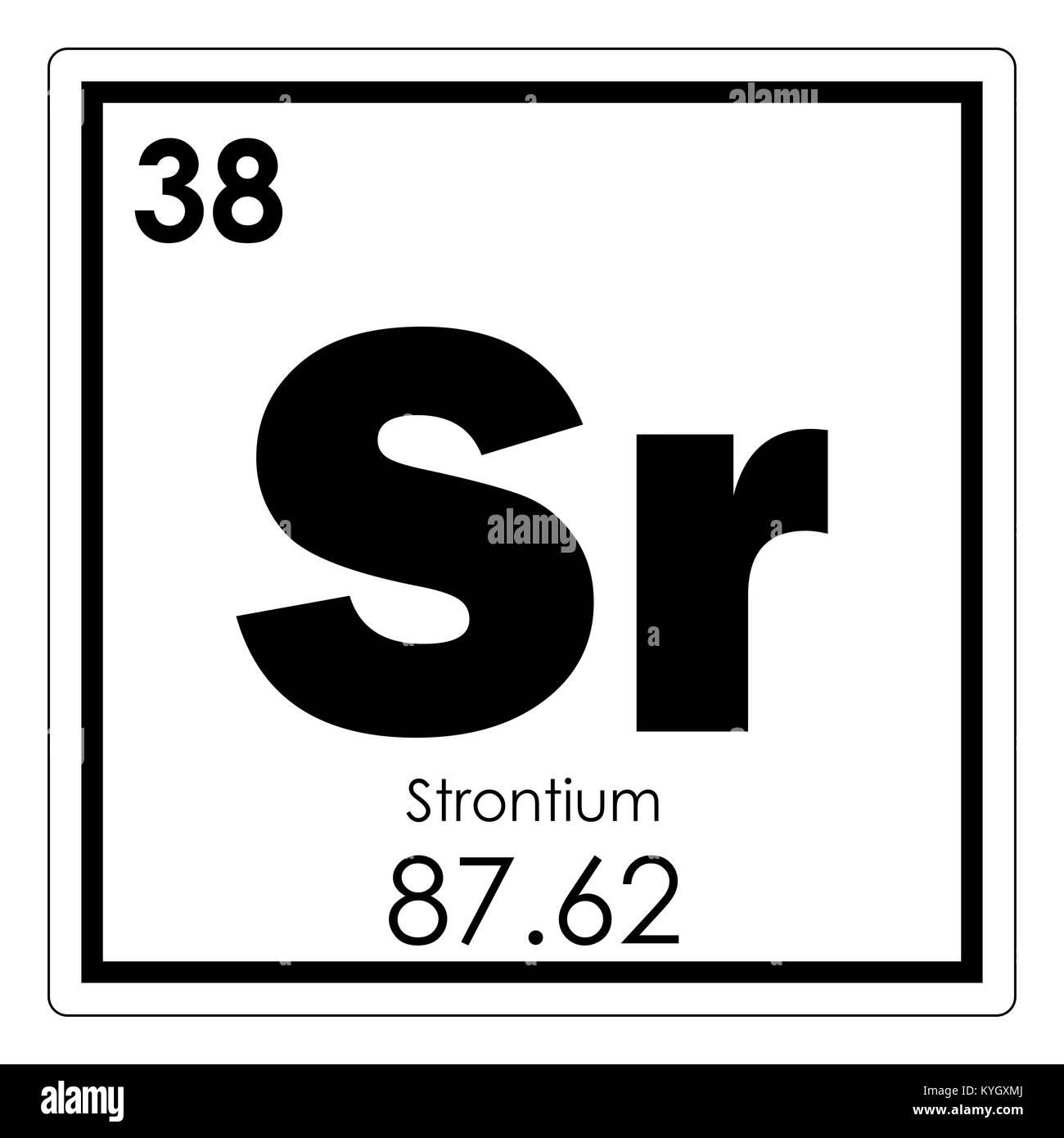The experimental strontium lattice clock at JILA, a joint institute of National Institute of Standards and Technology (NIST) and the University of Colorado Boulder, is so precise it would neither gain nor lose one second in 15 billion years, if it could operate that long.
The isotope Strontium-82 is used for cardiac imaging via Positron Emission Tomography (PET) at hospitals nationwide. This is an image of a heart during a normal rest-stress myocardial perfusion PET study. More on Sr-82 production at LANL. Strontium S Element 38 Mass Number: 88 Atomic weight: 87.62 g/mol Atomic number (Z): 38 Electrons: 38 Protons: 38 Neutrons: 50 Period: 5 Group: 2 Block: s. Atomic Number – Protons, Electrons and Neutrons in Strontium. Strontium is a chemical element with atomic number 38 which means there are 38 protons in its nucleus. Total number of protons in the nucleus is called the atomic number of the atom and is given the symbol Z. Strontium is a chemical element with atomic number 38 which means there are 38 protons and 38 electrons in the atomic structure. The chemical symbol for Strontium is Sr. Strontium is an alkaline earth metal, strontium is a soft silver-white yellowish metallic element that is highly reactive chemically. Strontium has an atomic number of 38, which means it has 38 protons. In a neutral atom, an equal number of protons and electrons cancel each other out, resulting in a net charge of zero. As a result, one neutral atom of strontium must have 38 electrons. These electrons are arranged in energy levels around the nucleus.

JILA’s atomic clock based on strontium atoms held in a lattice of laser light is the world’s most precise and stable atomic clock. Image credit: Jun Ye et al / Baxley / JILA.
The atomic clock was invented at NIST in 1949, and quickly became more accurate than any other timekeeping technologies. They keep time based on the natural oscillations of atoms, which are much more stable and accurate than any mechanical devices.

Atomic clocks began to have notable impacts on other technologies two decades later.

Atomic time standards have been in use since the 1960s, when one of the cesium atom’s natural frequencies was selected by an international committee as the basis for the international unit of time, the SI second (defined as being exactly 9,192,631,770 oscillations of the cesium atom’s resonant frequency).
The new atomic clock, based on strontium, was unveiled by JILA and NIST scientists in the April 21 issue of the journal Nature Communications.
In this device, a few thousand atoms of strontium are held in an ‘optical lattice,’ a 30 x 30 micrometer column of about 400 pancake-shaped regions formed by intense laser light.
The scientists detect strontium’s ‘ticks’ – 430 trillion per second – by bathing the atoms in very stable red laser light at the exact frequency that prompts the switch between energy levels.
The JILA/NIST clock is now good enough to measure tiny changes in the passage of time and the force of gravity at slightly different heights. Einstein predicted these effects in his theories of relativity, which mean, among other things, that clocks tick faster at higher elevations.
“Our performance means that we can measure the gravitational shift when you raise the clock just two cm on the Earth’s surface. I think we are getting really close to being useful for relativistic geodesy,” said Dr Jun Ye of JILA/NIST.
The scientists also built a radiation shield to surround the atom chamber, which allowed clock operation at room temperature rather than much colder, cryogenic temperatures.
“The clock operates at normal room temperature. This is actually one of the strongest points of our approach, in that we can operate the clock in a simple and normal configuration while keeping the blackbody radiation shift uncertainty at a minimum,” Dr Ye said.
_____
Strontium 87 Protons
T.L. Nicholson et al. 2015. Systematic evaluation of an atomic clock at 2 × 10−18 total uncertainty. Nature Communications 6, article number: 6896; doi: 10.1038/ncomms7896
